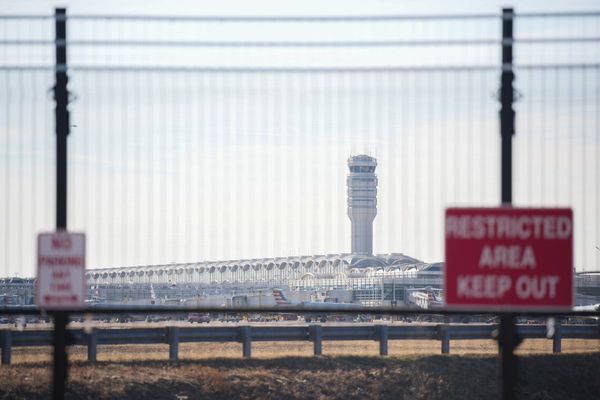We’ve reached that stage in the market’s decline when people are starting to notice just how crummy their portfolios look.
Put another way, all the high-flying tech giants that were propping up the Nasdaq Composite over the past few years are falling back to earth even faster than they went up.
Put yet another way, Facebook/Meta Platforms (FB), Amazon (AMZN), Apple (AAPL), Netflix (NFLX), and Google (Alphabet (GOOGL)) have gone from being the FAANG stocks to being the charter members of Icarus Index.
Their combined market-cap losses are dizzying to say the least.
You can tell things are getting bad because financial planner types are starting to send out “take the long view” emails, reminding people that the trade off for long-term equity gains that outpace other assets is…volatility.
“Stick with it,” the argument goes, because if you miss the top 10, 20, or 50 up days in any given decade your returns will be MUCH smaller.
Put another way, if you want the Florida sunshine, you'll have to put up with an occasional hurricane.
If you’re really having a hard time, then the instinct to just stop looking at your statements may actually be a good one. That’s because it will keep you from wanting to do something at precisely the wrong time.
The Bottom
Nobody knows when or where the bottom will be.
It's certainly possible we're still a long way from it.
But history strongly suggests that there will be a bottom eventually and that the markets are not going to zero.
To prove the point, Putnam offered a selection of historic events that sent the markets into conniption fits but which eventually worked themselves out.
Consider the attack on Pearl Harbor.
In the three days immediately after the Sunday morning assault, the U.S. market fell 6.9%, according to Putnam data. Yet a month later it had rebounded 4.5% and a year later was up 16%.
The 1987 market crash knocked 31.5% off the S&P 500 over the course of that bleak October. Yet over the next decade stocks powered into a massive bull market that prompted Fed Chairman Alan Greenspan to coin his famous, if early, phrase “irrational exuberance.”
The financial crisis in the fall of 2008 was even more unnerving, knocking 39.1% off the S&P 500 before eventually spawning the longest and strongest post-war bull market ever.
“By staying invested during crises — or by investing during a crisis to take advantage of stock market valuations — investors can keep their portfolios on track in pursuit of their long-term goals,” Putnam advisers wrote in the note.
So, if current gyrations have you truly worried, it would perhaps be well to remember that in the long run, everything is a short-term event.
Tom Bemis is West Coast Editor at TheStreet.com.







